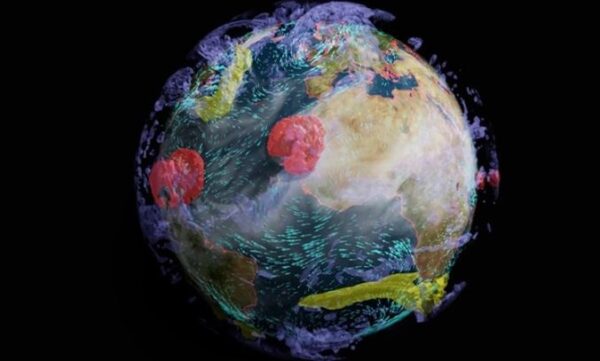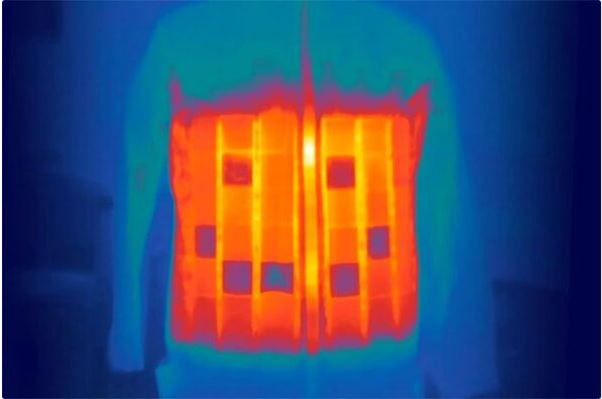Scientists have developed a “digital twin” of Earth capable of forecasting weather much faster than traditional services.
According to Live Science, the supercomputer system, created by Nvidia, a multinational company specializing in graphics processing units (GPUs), utilizes high-speed mathematical calculations to enable machine learning activities. This platform, named Earth-2, incorporates a suite of machine learning technologies developed by Nvidia and powered by a supercomputer, providing the necessary processing power. Together, they form “a virtual replica of a real object or system, in this case, Earth’s climate,” as stated by Dion Harris, director of data center product marketing at Nvidia.
The system operates as an interactive interface conducting simulations of weather and climate worldwide, allowing users to adjust various parameters to simulate weather at different locations down to a detailed level of 2 km. The AI technology is trained on global datasets, offering estimates of climate changes across land, atmosphere, and oceans, drawing from hundreds of observations and reconstructions of Earth’s weather and climate over the past 50 years.
Through generative training, AI quickly analyzes multiple sets of weather and climate data, generating thousands of potential outcomes to calculate the probability of weather conditions in specific locations. This real-time prediction capability is crucial, especially in regions like Taiwan prone to severe storms, potentially making the difference between life and death.
“When a storm warning is issued, the top priority is to minimize casualties through early evacuation,” explained Harris. Therefore, Taiwan’s weather agency is among the first to test the Earth-2 system for forecasting and planning extreme weather events this year.
The supercomputer of Earth-2 efficiently processes vast amounts of data to produce accurate predictive simulations. This aids cities in assessing the likelihood and intensity of future extreme weather events, empowering them to take proactive measures to mitigate their impact.












